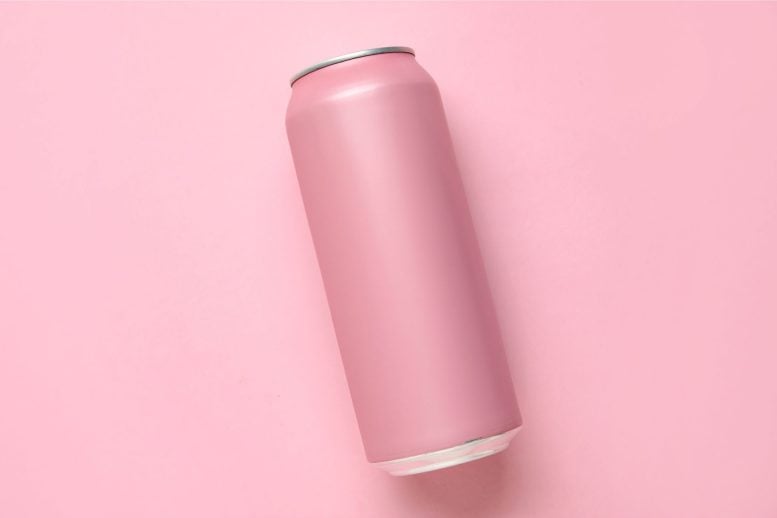
Cornell researchers found that altering the formulation and packaging of canned wine can eliminate the rotten egg smell caused by SO2. They recommend maintaining lower SO2 levels and using epoxy liners. Ongoing work aims to develop better, food-grade liners to prevent corrosion and improve quality.
Cornell researchers are addressing the common issue of a rotten egg smell in canned wines by modifying their formulation and developing more durable liners to enhance both the product’s aroma and packaging longevity.
Researchers at Cornell University are striving to eliminate the unpleasant rotten egg smell that occasionally accompanies canned wine. They aim to achieve this by making minor adjustments to the wine’s formulation and packaging, which is also susceptible to corrosion.
In recent research, the team – led by Gavin Sacks and Julie Goddard, both professors of food science – found that the choice of the ultrathin plastic coating inside aluminum cans can go a long way towards improving the aroma of the beverage and the lifespan of its container.
The collaboration began several years ago, when Sacks was approached by winemakers who had encountered occasional quality issues with canned wines: corrosion, leakage, and – mingled among the fruity and floral notes – a certain rotten egg smell.
The most important compound for predicting can failure, corrosion, and off aromas was the neutral or “molecular” form of sulfur dioxide (SO2), which winemakers routinely use as an antioxidant and antimicrobial. The plastic lining on the can interior did not fully stop the interaction between molecular SO2 and the aluminum, resulting in the production of hydrogen sulfide (H2S), the source of the rotten egg smell.
Findings and Recommendations
“Of all the things we measured, most had no correlation,” Sacks said. “The one that stood out was molecular SO2. With that, wineries typically aim for about 0.5 to 1 parts per million (ppm). We were noticing that in wines with more than 0.5 ppm molecular SO2, we had sizable increases in hydrogen sulfide, the rotten egg smell, within four to eight months.”
The team determined that maintaining 0.4 ppm of SO2 in wine and using epoxy liners could ensure low formation of hydrogen sulfide during long-term can storage up to 8 months.
“We’re suggesting that wineries aim on the lower end of what they’re usually comfortable with,” he said. “Yes, there’s going to be the chance of having more issues of oxidation. But the good news is that cans provide a hermetic seal. They’re not likely to let in any air if the canning is done properly, which is why brewers love them. It’s great for preventing oxidation.”
There is an irony to molecular SO2 being the smelly culprit for canned wine. Molecular SO2 levels are typically lower in red wines than in white wines. However, because consumers generally associate cans with less expensive and less serious wines, many companies don’t put their red wines in cans.
“If you go to a store, you’re far more likely to see sparkling wines, white wines, rosés in cans, but unfortunately those are the products that are more likely to have issues,” Sacks said.
Environmental and Economic Considerations
The team found that the thicker the liner coating, the less corrosion occurred, but the reactions between wine and liner still tended to vary during storage.
But there isn’t such an easy fix here. There are several notable downsides to using thicker liners, according to Sacks. They are more expensive to produce, and they are less environmentally friendly because the thicker plastic gets burned off during the aluminum recycling process.
Sacks and Goddard are now working with Héctor Abruña, professor of chemistry, to design more robust liners using food-grade materials that can prevent corrosion – a project that is funded by the U.S. Department of Agriculture’s National Institute of Food and Agriculture.
The group is also tackling another popular beverage peccadillo: sour beer.
Reference: “Hydrogen Sulfide Formation in Canned Wines: Variation Among Can Sources” by Matthew J. Sheehan, Jose Hector R. Suarez, Megan M. Benefeito, Julie M. Goddard and Gavin L. Sacks, 2024, American Journal of Enology and Viticulture.
DOI: 10.5344/ajev.2023.23069









Be the first to comment on "Why Does Canned Wine Smell So Bad? Scientists Identify the Culprit"